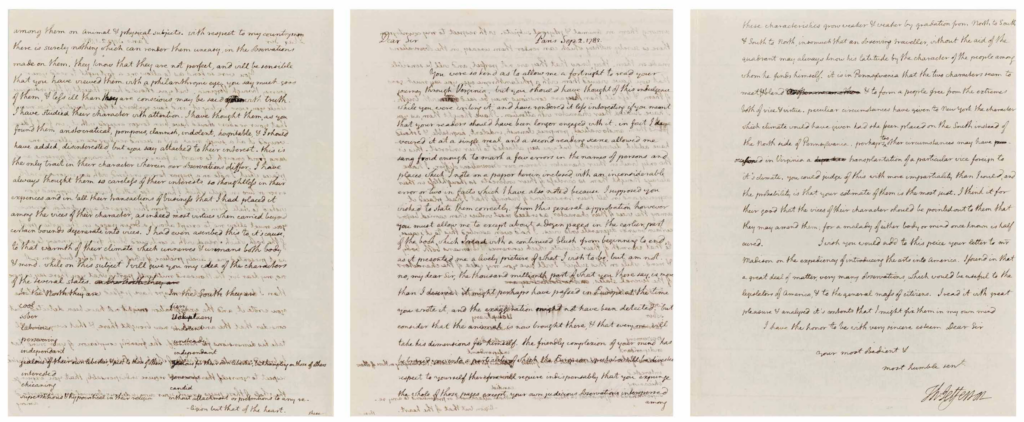My research into the French role in the American Revolution led to an astonishing discovery: the long-lost personal papers of François-Jean de Chastellux—over 6,000 pages preserved, untouched for centuries, in the Château de Chastellux. These documents included letters from Washington, Jefferson, Franklin, and Lafayette, alongside military reports and Enlightenment reflections. They transformed my understanding of the American Revolution, revealing Chastellux’s vital role as a mediator between France and the United States. This archival discovery reshapes our view of the Franco-American alliance and has led to my PhD dissertation, the publication of a full biography of Chastellux, and now, to my forthcoming English-language book.
If you’ve never heard of François-Jean de Chastellux, you’re not alone. Though he played a crucial role in securing American independence, history has largely overlooked him—his legacy overshadowed by his famous nephew, the Marquis de Lafayette, and buried within narratives that often downplay France’s contributions to the war. In the United States, the Revolution is typically framed as a story of self-reliance, leaving little room for the monarchy that helped make victory possible. In France, the American Revolution is treated as a minor event, quickly eclipsed by the turmoil of the French Revolution. Yet, the Franco-American alliance was vital, and Chastellux stood at its center. My work restores him to history and reveals why his contributions—and those of his closest collaborators—were indispensable.
Additional Unpublished Archives
To fully understand Chastellux’s role, I explored archival collections across France and the United States, uncovering forgotten connections that reshaped my understanding of the Revolution. One of my most significant discoveries was another unpublished archive: the long-lost military papers of Baron Vioménil, Rochambeau’s second-in-command. These papers, presumed destroyed during the French Revolution, were hidden in the industrial archives of Le Creusot at the Académie François Bourdon. Spanning over 1,000 pages, these reports provide invaluable insight into Vioménil’s leadership at Yorktown and his command of French forces in America after Rochambeau’s departure in 1782.

